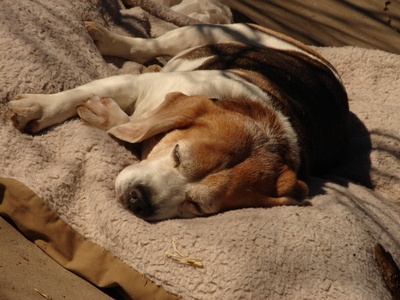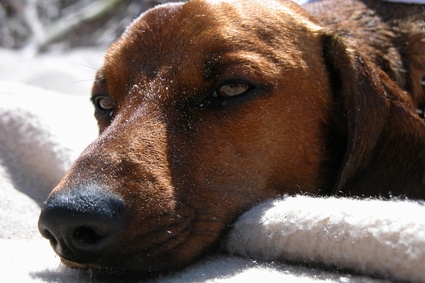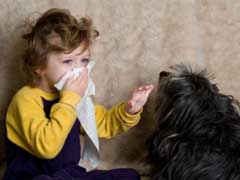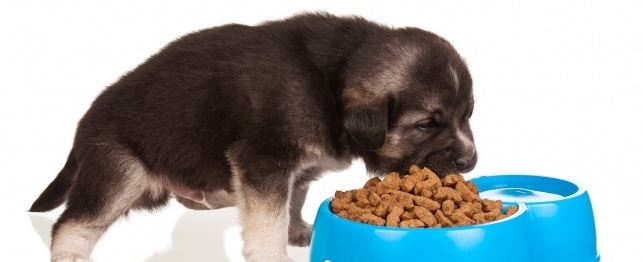The bacteria that lead to bad breath in dogs may possibly also be harmful to the adjacent tissue in a dog's mouth actively playing a part in the inflammatory conditions affiliated with inadequate canine oral health. A much better understanding of these pathogens not only helps dog owners eliminate their dog's bad breath, it may also enhance their overall health. Theharmful bacteria are anaerobic denoting the bacteria's absence of need for oxygen.
Bacteria is a very simple living organism that necessitates the ingestion of substances to endure, the bacteria then expels sulfur compounds that lead to bad breath. The sulfur compounds are known as volatile sulfur compounds (VSC's). This term describes the fact that these substances evaporate easily at various temperatures. The continual presence of VSC's in a dog's mouth may be detrimental to the tissue in a dog's mouth. The harmful bacteria itself is regarded to be a contributing component to the growth of various chronic diseases when it enters a dog's blood stream.
Regions in a dog's mouth that are deprived of oxygen are where anaerobic bacteria reside. The gum line and back of the tongue are regions that supply primary areas for the survival of these bacteria. Another area is the result of advanced stages of periodontal disease. Chronic periodontitis damages the bone structure of a dog's teeth creating pockets where the tooth anchors to the gums, harmful bacteria thrives in these pockets. If a dog's teeth and gums are impacted with a sever stage of periodontal disease, veterinarian dental care is generally necessary to reverse the dog's unhealthy oral condition.
A healthy mouth contains a harmony of beneficial bacteria; this environment is referred to as the flora a expression also used to describe the bacterial atmosphere in the digestive system. The amount of different bacteria that can be found in the world is so vast and varied estimates hardly meet the criteria as an educated guess, the figure is 10 million to 1 billion. A dog's mouth includes about 100 different forms; these bacteria are responsible for protecting their bodies against the invasion of bad bacteria, viruses, fungi, and protozoa. For this reason products used for canine oral hygiene will need to target only the detrimental bacteria, merely trying to sterilize the mouth of all bacteria is extremely harmful to the health of a dog. There are only a handful of types of detrimental bacteria that have been determined as the trigger of bad breath and the buildup of plaque in a dogs mouth.
Cleaning dog teeth is relatively rare among dog owners, and when it is performed the procedure is similar to that of humans. The common methods of oral health are not well suited for a dog, their adversity to have others near their mouths minimizes the success of attempting to brush their teeth. Therefore periodontal disease has become the number one health issue for our dogs. The science of bio chemistry has developed formulations employing all natural substance that successfully counter act damaging bacteria in a dog's mouth. These products break up plaque and kill detrimental bacteria preventing periodontal disease and bad breath in dogs.

 Signs of a Dog That Has Lost Her Litter of Puppies
Signs of a Dog That Has Lost Her Litter of Pup
Signs of a Dog That Has Lost Her Litter of Puppies
Signs of a Dog That Has Lost Her Litter of Pup
 Natural Remedy for Dog Coughing
Natural Remedy for Dog Coughing
Natura
Natural Remedy for Dog Coughing
Natural Remedy for Dog Coughing
Natura
 The Danger of Driving with Dogs
The Danger of Driving with Dogs
The Danger of Driving with Dogs
The Danger of Driving with Dogs
 Dog Bad Breath Causes and Remedies
The Ca
Dog Bad Breath Causes and Remedies
The Ca
 Proper Diet and Nutrition for Your Puppy
Proper Diet and Nutrition for Your Puppy
Proper Diet and Nutrition for Your Puppy
Proper Diet and Nutrition for Your Puppy